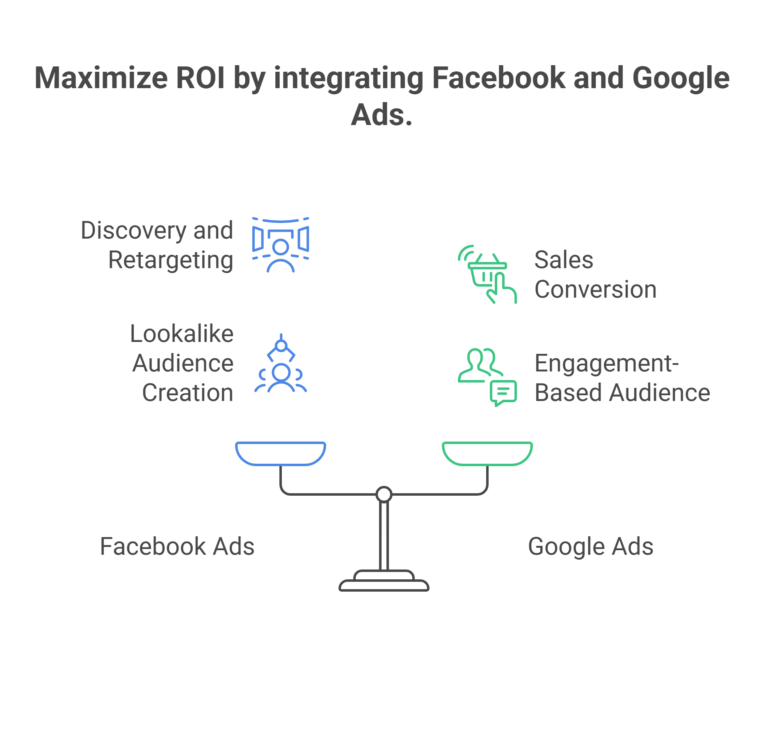Imagine fishing in two rivers. One is full of eager buyers (Google), while the other is filled with curious browsers (Facebook). When you master both, your e-commerce business doesn’t just grow—it flourishes.
In this post, you’ll learn how to mix Facebook Ads and Google Ads. This will help you boost conversions and track results better. You’ll also learn to follow each platform’s rules. Plus, you can reach various types of customers. All of this helps you get more ROI from your marketing budget.
1.1 Awareness Rocket Fuel: Why Facebook Plants the Seeds for Google Sales
Facebook Ads are fantastic for brand exposure. They catch people where they’re scrolling—Instagram, Facebook, Reels—and get your name stuck in their heads. Later, when those same folks are actively hunting for products on Google, guess who they’ll search for?
Research shows that Facebook campaigns can increase branded search volume. Google reports that search ads can increase brand awareness by up to 80%. If you’re paying to get noticed on Facebook, not being on Google is like inviting customers to your store but locking the door.
Pro tip: Use Facebook for awareness. Then, ensure your Google campaigns focus on branded search terms and best-selling products. That way, when curiosity turns into intent, you’re right there at the top of the search results—where the buying happens.
1.2 Track Smarter: Separate Your Facebook and Google Data
It’s nearly impossible to make smart ad decisions if your tracking is a mess. Google and Facebook each have their own pixel. If you don’t separate the data, you won’t know which platform is doing better.
That’s where tools like weTracked or Trackify come in. You can monitor both ad platforms easily. This helps you avoid the “overlap” problem, where both platforms claim credit for the same sale. With accurate attribution, you’ll finally have the power to optimize ad spend with confidence.
A little investment in tracking software can go a long way. One e-commerce brand saw a 20% jump in ROI just from getting their data sorted correctly.
1.3 Google’s Strict. Facebook’s Chill. Here’s How to Win on Both
Google Ads is picky. Your site must follow strict Merchant Center rules. This includes honest pricing, updated product feeds, and a clean UI. On the flip side, Facebook lets you run aggressive discount campaigns and flash sales without batting an eye.
So how do you play both sides? Use Facebook to create urgency. Offer special deals for a short time. Use emotions to connect with customers. Show striking before-and-after prices to grab attention. Keep your Google presence sharp and ready: use quality product images, trustworthy titles, and clear business info.
This split-personality strategy helps you connect with more people while staying compliant. It’s also effective. Businesses that fine-tune messaging for each platform typically see a 15–30% boost in ad performance.

